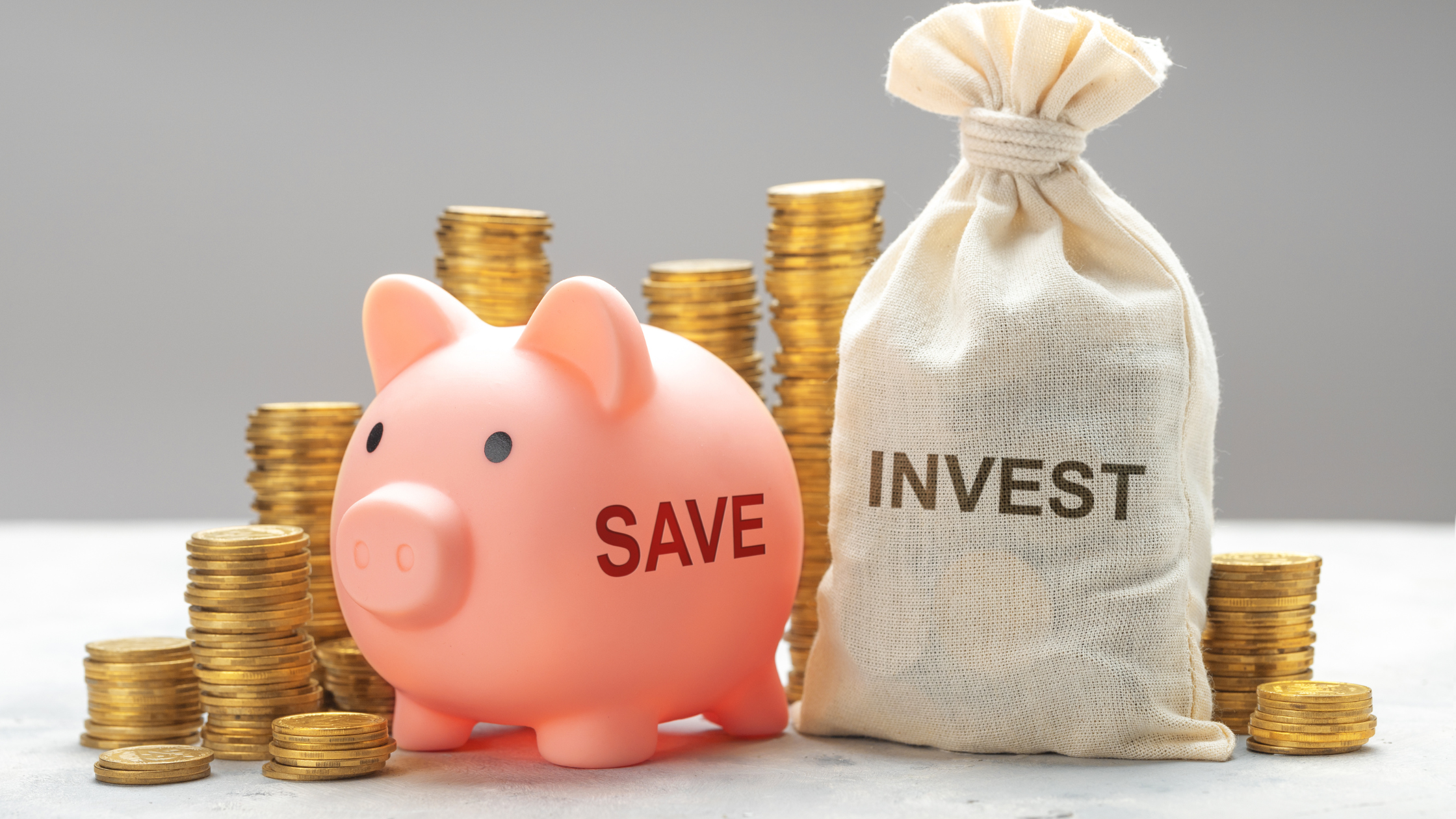Smart saving confronts a prevalent issue in goal pursuit: the impatience for instant results.. There is something much more appealing about the notion of being richer in a week, or being in better shape by the end of the month.
Unfortunately, this just isn’t how it works. At least not in most cases.
Rather, in order to see the results you want, you need to put in consistent boring effort on a daily and weekly and monthly basis.
Saving money is the perfect example of this. You won’t save money with some kind of scheme or some kind of trick. You aren’t going to fix your bank accounts overnight.
But what you can do, is to make lots of small smart decisions that will add up to large savings over time. This is Kaizen.
Let’s take a look at some examples of how to do this smart saving.
Write a Budget
It starts by writing a budget. The problem is when people are very vague about this – not knowing quite what they actually spend on a daily, weekly, or monthly basis. They then make random assertions to spend X amount less in this category or that, or they randomly cut out one type of activity that normally costs money.
This tends to not to work. Instead, you should try to create a strict budget that will show you precisely what you spend in each category in your life. That means things like travel, entertainment, groceries, eating out etc. Once you’ve done this, you can assess how much you are spending in each area.
This is a very useful exercise because it immediately illuminates the areas where you are spending more money than you need to – the areas where waste is happening and where you aren’t being efficient.
NOW you apply a kaizen approach by making a commitment – a SMALL commitment – in just one of those areas. For example, you might say that you’re going to spend $10 less on entertainment next month. That might seem like a small deal, but it can make a big impact over time.
Or how about saying that you’ll spend $5 less on transport – this might mean just choosing to walk a a little more. Once you manage this, you can then try and cut back by another $5 in another area next month.
Keep doing this and month after month you will streamline your savings – and that’s how you can eventually become very wealthy! by smart saving.
Here are a few of our most recent blog posts:
- Time Management Hacks for ADHD: How to Keep Your Focus and Get Things Done!
- Tips on Boosting Self-Confidence for Teens
- Common Meditation Problems
- Common Goal Setting Obstacles and How to Maneuver around Them
- Committing Yourself to Positive Actions
If you’d like to follow me on social media, you can find all of my links HERE
Get It Done Faster!

Just click the picture to get your free copy now!
Includes free eBook AND free workbook, including worksheets and instructions for each of the techniques!
Designed specifically for those on the go, dive deep into the art of rapid productivity. Every moment matters; make the most of it.
In a world that incessantly pushes for more hours, more hustle, and more grind, a revolutionary approach is quietly rewriting the rules of productivity. Have you ever found yourself staring at the clock, wondering where the day went and why your to-do list remains untouched? You’re not alone. The common belief is that longer hours equate to more accomplishments, but what if the key isn’t more time, but how you use it?
Introducing “Get It Done Faster” — a game-changing technique that capitalizes on our brain’s natural rhythms and energy peaks. Instead of laboring for hours on end and burning out, imagine achieving more in short, focused intervals, punctuated by refreshing breaks. It’s not about working harder; it’s about working smarter. This method, inspired by tools like the Pomodoro technique and the Eisenhower matrix, taps into the sweet spot of productivity, ensuring that you’re operating at your peak when it matters most.
The links on this page may be affiliate links. That means that if you make a purchase using these links, I may receive a commission. This does not change the cost for you.


Leave a Reply